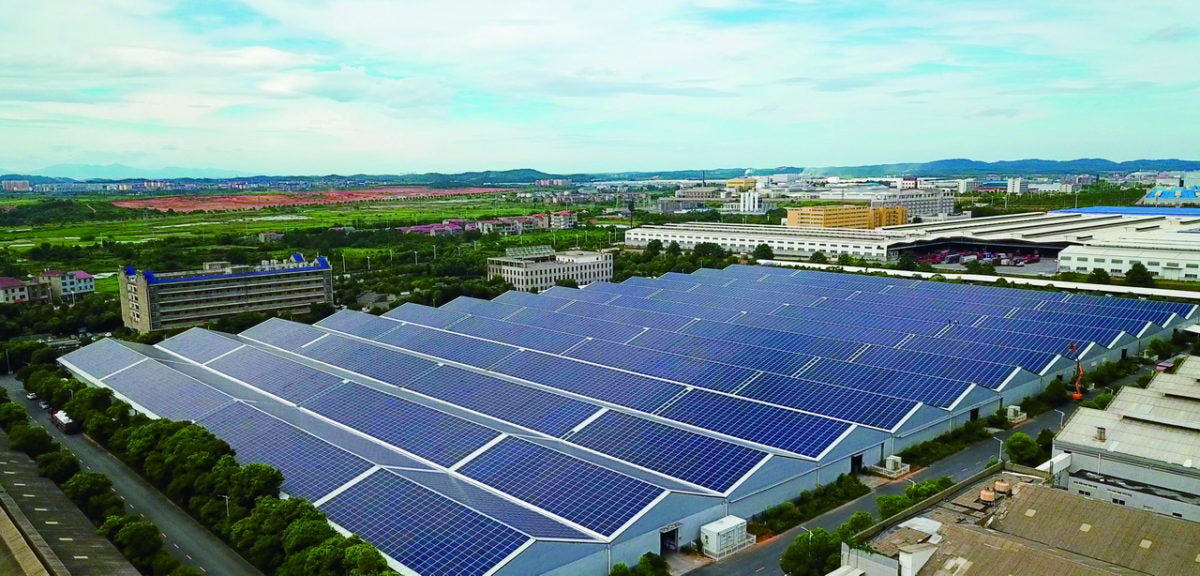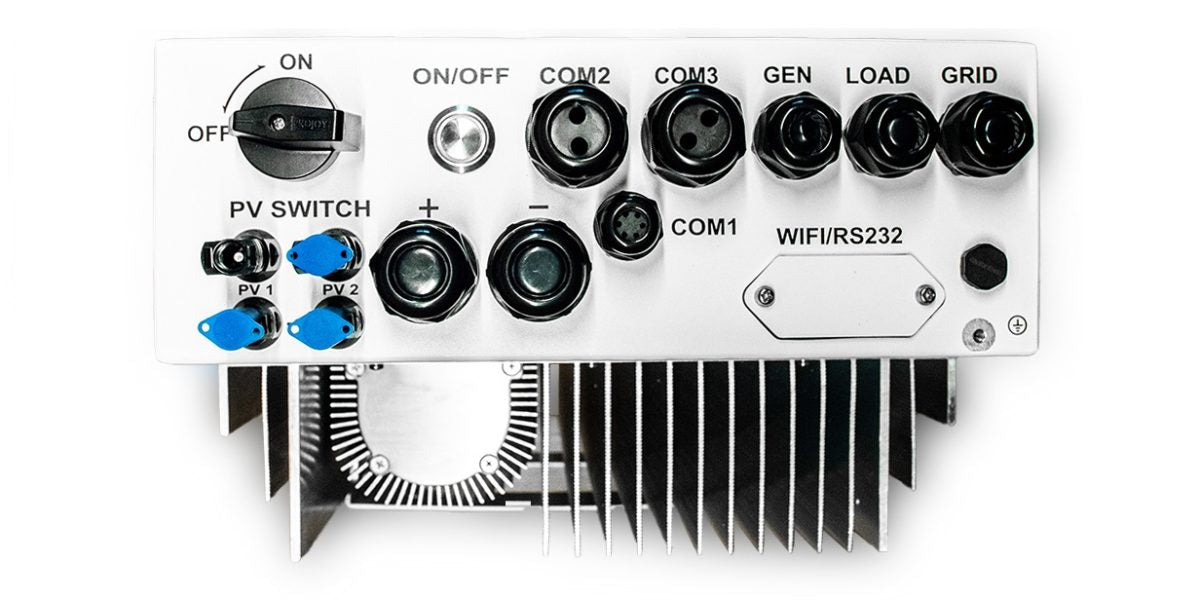https://www.pv-magazine.com/2022/01/26/the-fine-art-of-gettering/
The fine art of gettering

Gettering equipment at the Australian National University.
Australian National University
Scientists at The Australian National University (ANU) have conducted a review of all gettering technologies used in solar wafer manufacturing and offered a comprehensive analysis of the possible gettering sinks and routes for different solar cell architectures.
This technique involves three steps and is utilized during crystal growth to remove containments and other forms of defects in wafers. Through this process, the impurities are initially released into a solid solution and then undergo diffusion through the silicon. Finally, they are trapped in an area away from the active circuit regions of the wafer.
“Gettering is already embedded in most of the current solar cells, through phosphorus diffusion in PERC or PERx devices, as well as in Al-BSF cells,” the research's corresponding author, Anyao Liu, told pv magazine. “Gettering is also embedded in TOPCon solar cells, although its effectiveness varies a lot, and in silicon heterojunction cells it can be used as a pre-treatment to improve the quality of silicon substrates.
According to her, gettering can be seen as an additional benefit of certain process steps in current industrial cell processing. “However, as cell efficiency increases and becomes increasingly sensitive to traces of metallic impurities, gettering will become an important consideration in cell processing and process parameters of diffusion and polysilicon/oxide fabrication,” she also explained.
In the paper “Gettering in silicon photovoltaics: A review,” published in Solar Energy Materials and Solar cells, Liu and her colleagues presented all the nomenclatures used in gettering and summarized recent updates to the solubility and diffusivity data of the 3d transition metals used in the process, the so-called getters.
Popular content
“Many of the gettering techniques in microelectronics are not applicable or effective in silicon PV,” they warned, noting that external gettering is generally more effective in silicon cells, as the silicon wafer bulk represents an important part of the active device region. “The external gettering routes that are most relevant for the state-of-the-art solar cells in mass production are phosphorus diffusion, to a lesser degree boron diffusion, and the emerging P or B-doped poly-Si/SiOx structures,” they also stated.
Phosphorus diffusion is, to date, the most utilized and investigated gettering technique in the solar industry however, its underlying
mechanisms are still controversial and unresolved, according to the research group. Boron diffusion is described as very effective only under unconventional process conditions and is recommended for doped-poly-Si/SiOx structures, which provides a route to simultaneously achieve p+ doping and a strong gettering effect.
“The heavily doped c-Si surfaces and/or heavily doped poly-Si/SiOx structures are incorporated in almost all of the high-temperature cell
architectures,” the scientists further explained. “As the two are effective gettering sinks and their under–pinning gettering mechanisms are likely the same, a better understanding and identification of the key mechanisms will help to further exploit the benefits of gettering in silicon PV.”
The paper also analyzed other capture approaches such as selective doping via ion implantation, state-of-the-art polycrystalline-
silicon/oxide passivating contact structures, dielectric films, aluminum alloying, the use of surface-damaged regions including black silicon, and internal gettering in cast-grown silicon using existing crystallographic defects.
This content is protected by copyright and may not be reused. If you want to cooperate with us and would like to reuse some of our content, please contact: editors@pv-magazine.com.




